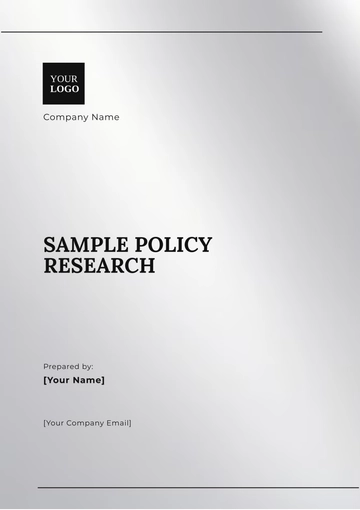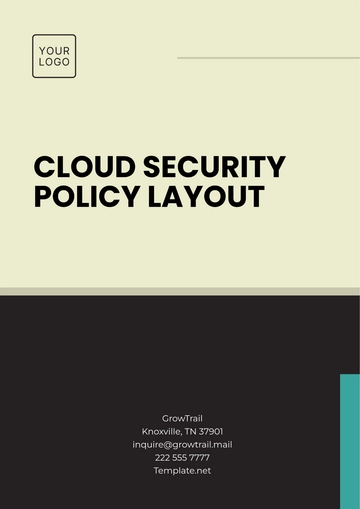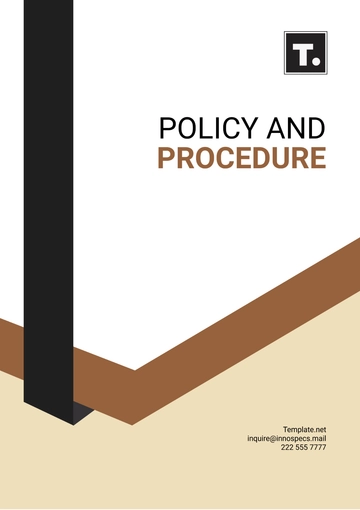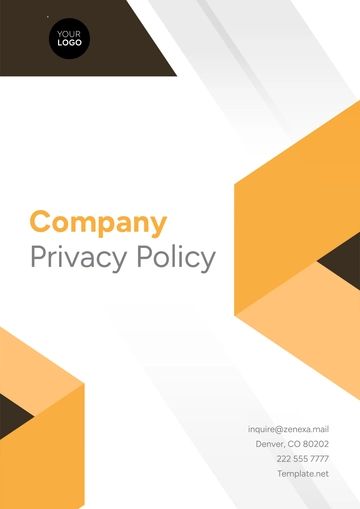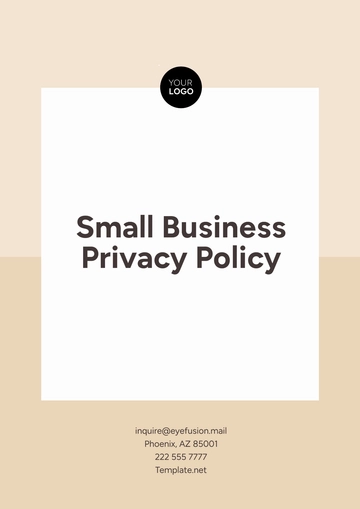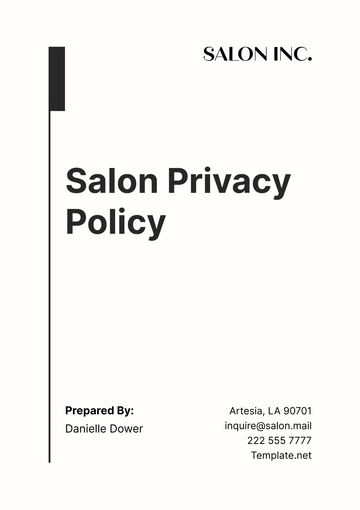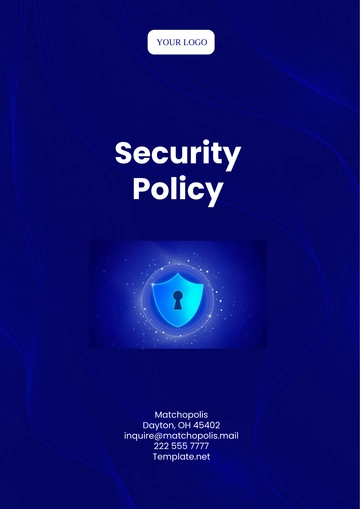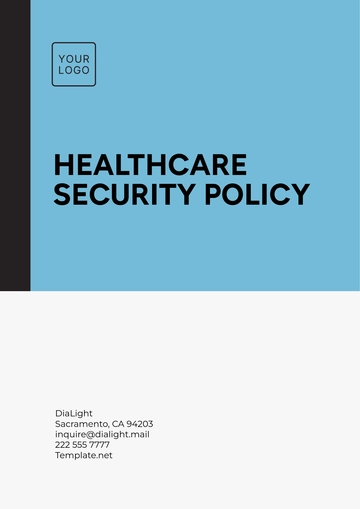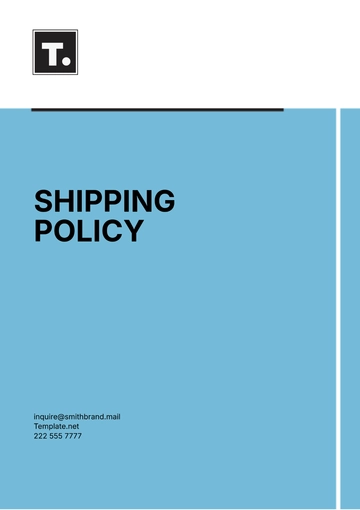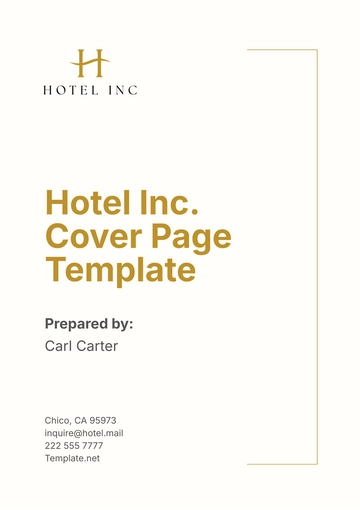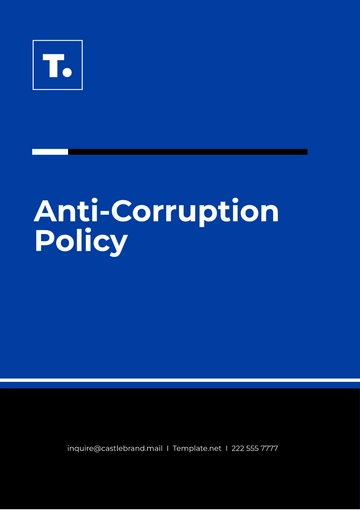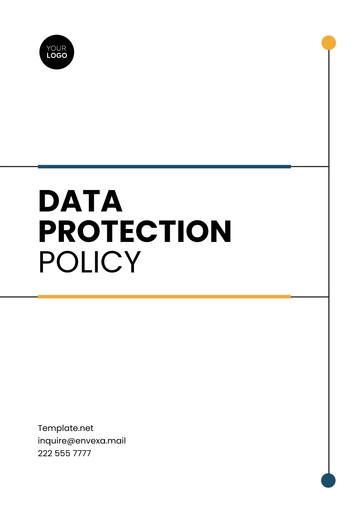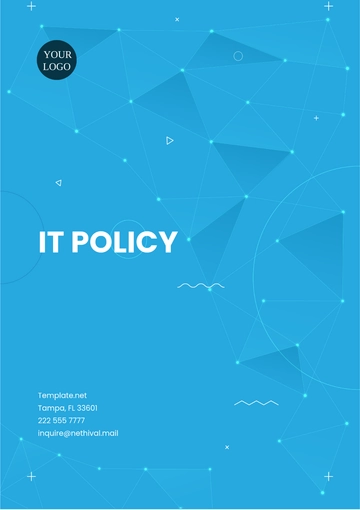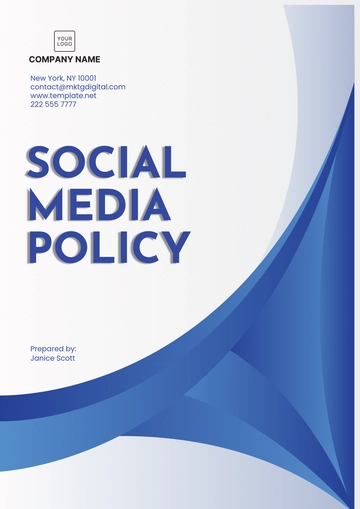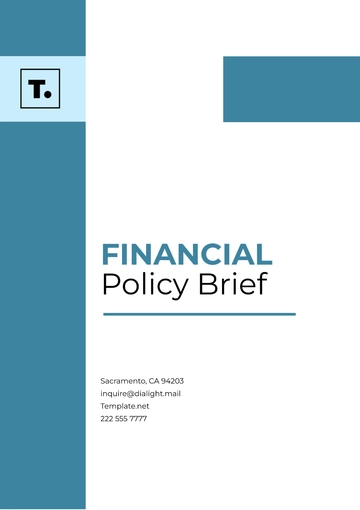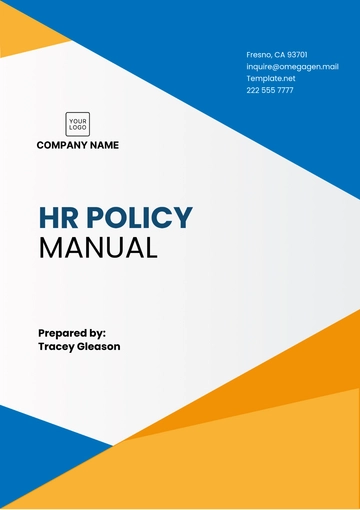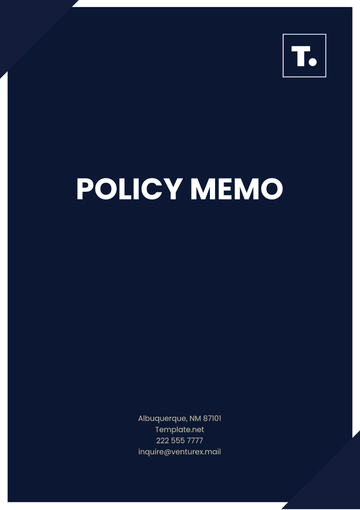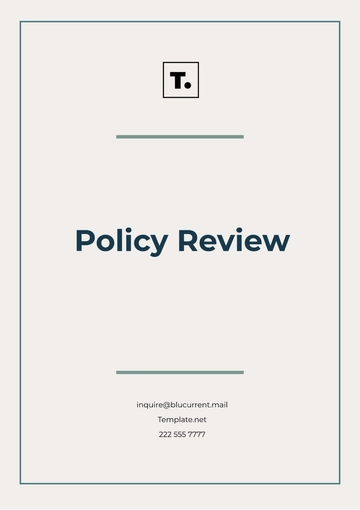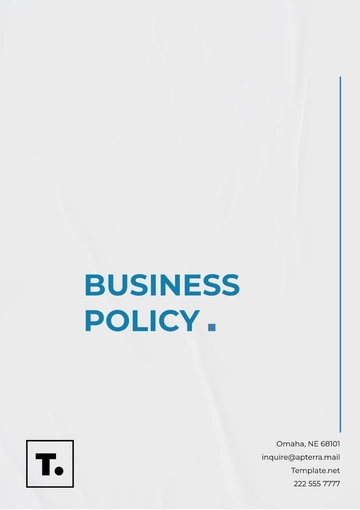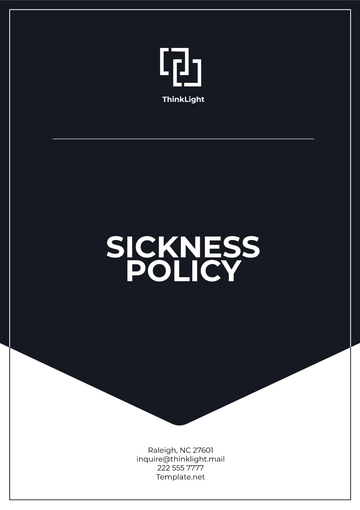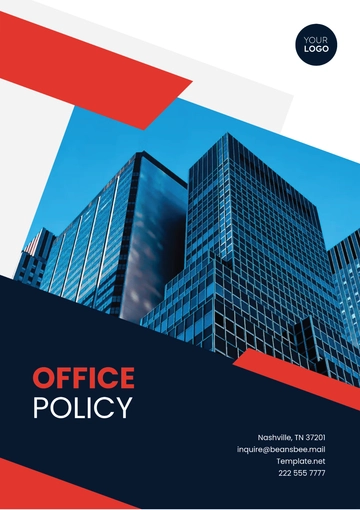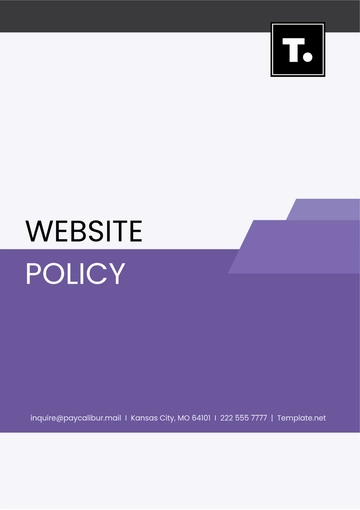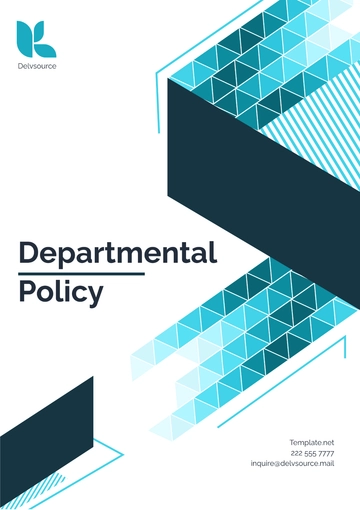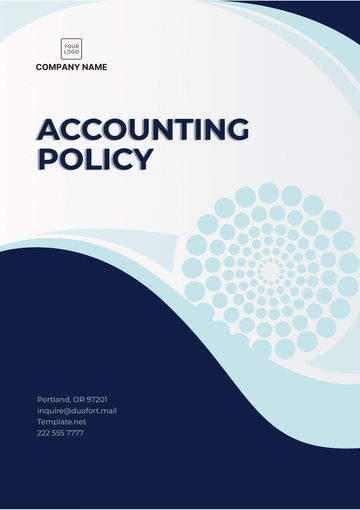Free Hotel Security Policy
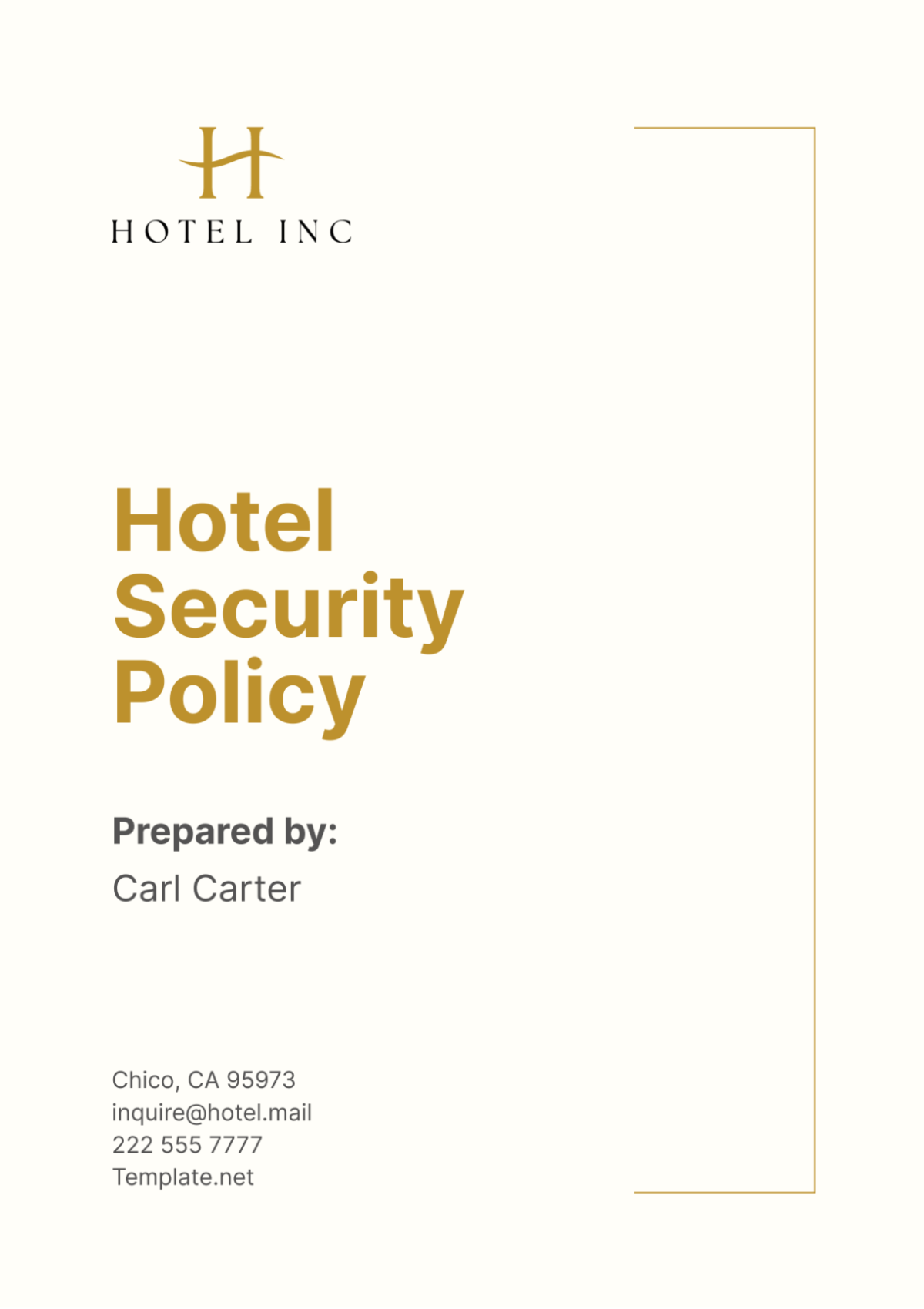
I. Introduction
A. Purpose of the Policy
The primary objective of this Hotel Security Policy is to ensure the safety and security of all guests, employees, and assets within the premises of [Your Company Name]. This policy outlines the security measures, procedures, and responsibilities necessary to maintain a secure environment. The commitment to a secure and safe hotel environment is fundamental to our operations and is vital to maintaining our reputation as a trusted hospitality provider.
B. Scope of the Policy
This policy applies to all employees, contractors, vendors, and guests of [Your Company Name]. It encompasses all areas within the hotel premises, including guest rooms, common areas, parking facilities, and administrative offices. The policy covers physical security measures, emergency procedures, incident reporting, cybersecurity, and coordination with local authorities.
C. Definitions
Security Personnel: Individuals employed or contracted by [Your Company Name] to maintain safety and security within the hotel premises.
Incident: Any event that poses a threat to the safety and security of guests, employees, or property.
Access Control: Systems and procedures designed to restrict access to authorized individuals only.
CCTV: Closed-Circuit Television, used for surveillance and monitoring.
II. Security Objectives
A. Ensure Safety of Guests and Staff
The safety of our guests and staff is of paramount importance. [Your Company Name] is dedicated to providing a secure environment where individuals can feel safe and protected at all times. This includes implementing preventive measures, conducting regular safety drills, and maintaining open communication channels for reporting concerns.
B. Protect Hotel Property and Assets
Protecting the property and assets of [Your Company Name] is critical to the sustainability and profitability of our business. This includes safeguarding physical assets such as buildings, equipment, and furnishings, as well as intangible assets like proprietary information and brand reputation.
C. Maintain Confidentiality of Guest Information
Confidentiality of guest information is essential to maintaining trust and loyalty. [Your Company Name] is committed to protecting personal data from unauthorized access, disclosure, and misuse. This includes implementing robust cybersecurity measures and ensuring compliance with relevant data protection regulations.
D. Compliance with Legal and Regulatory Requirements
Compliance with local, state, and federal regulations is mandatory. [Your Company Name] adheres to all legal requirements related to hotel security, including fire safety codes, health and safety regulations, and data protection laws. Regular audits and reviews are conducted to ensure ongoing compliance.
III. Security Personnel
A. Roles and Responsibilities
Security personnel at [Your Company Name] are responsible for maintaining a secure environment. Their duties include patrolling the premises, monitoring surveillance systems, controlling access points, and responding to incidents. Security personnel also play a crucial role in enforcing hotel policies and providing assistance to guests and employees.
B. Hiring and Training Requirements
All security personnel must undergo a rigorous hiring process, including background checks and verification of qualifications. Once hired, they are required to complete a comprehensive training program covering topics such as emergency response, conflict resolution, and customer service. Regular refresher courses and drills ensure that security personnel remain prepared and up-to-date on best practices.
C. Uniform and Equipment
Security personnel are provided with uniforms that make them easily identifiable to guests and staff. They are also equipped with essential tools and equipment, such as communication devices, flashlights, and first aid kits. The use of personal protective equipment (PPE) is mandated where necessary.
D. Code of Conduct
Security personnel are expected to conduct themselves professionally at all times. This includes maintaining a courteous demeanor, respecting privacy, and adhering to ethical standards. Any breach of the code of conduct will result in disciplinary action, up to and including termination of employment.
IV. Physical Security Measures
A. Access Control Systems
Access control systems are crucial for preventing unauthorized entry and ensuring that only authorized individuals have access to certain areas. [Your Company Name] utilizes key card systems for guest rooms and restricted areas. Staff access is managed through secure ID badges, which are required to be worn at all times.
B. Surveillance Systems (CCTV)
A comprehensive network of CCTV cameras is installed throughout the hotel premises to monitor activity and deter criminal behavior. Cameras are strategically placed in high-traffic areas, entrances, exits, and parking facilities. The footage is recorded and stored securely, with access restricted to authorized personnel only.
C. Alarm Systems
Alarm systems are installed to provide immediate alerts in case of unauthorized access, fire, or other emergencies. These systems are connected to a central monitoring station that operates 24/7, ensuring prompt response to any alarms. Regular testing and maintenance of alarm systems are conducted to ensure their reliability.
D. Lighting and Visibility
Proper lighting is essential for maintaining security and preventing accidents. [Your Company Name] ensures that all common areas, pathways, and parking facilities are well-lit. Regular inspections are conducted to identify and address any lighting issues. Additionally, landscaping is managed to avoid creating hiding spots and to enhance visibility.
E. Guest Room Security Features
Guest rooms are equipped with multiple security features to ensure the safety and privacy of our guests. These features include key card access, peepholes, door chains, and in-room safes. Guests are provided with information on how to use these features effectively.
F. Secure Areas and Restricted Access
Certain areas of the hotel, such as administrative offices, storage rooms, and technical rooms, are restricted to authorized personnel only. Access to these areas is controlled through secure locking mechanisms and monitored by surveillance systems. Staff members are required to follow strict protocols when accessing these areas.
V. Emergency Procedures
A. Fire Safety and Evacuation Plans
Fire safety is a top priority at [Your Company Name]. The hotel is equipped with smoke detectors, fire alarms, and sprinkler systems. Evacuation plans are clearly posted in all guest rooms and common areas. Staff are trained to assist guests during evacuations and are familiar with designated assembly points. Regular fire drills are conducted to ensure preparedness.
B. Medical Emergencies
In the event of a medical emergency, staff are trained to provide initial first aid and contact emergency medical services immediately. First aid kits are available at key locations throughout the hotel. An Automated External Defibrillator (AED) is also available, and designated staff are trained in its use.
C. Natural Disasters
[Your Company Name] has procedures in place to respond to natural disasters such as earthquakes, hurricanes, and floods. These procedures include identifying safe areas within the hotel, securing loose objects, and providing guests with safety information. Staff receive regular training on how to respond to various types of natural disasters.
D. Bomb Threats
In the event of a bomb threat, the safety of guests and staff is the highest priority. The hotel follows a clear protocol that includes evacuating the premises, contacting law enforcement, and conducting thorough searches. Staff are trained to remain calm and follow instructions from authorities.
E. Active Shooter Situations
In the unfortunate event of an active shooter situation, [Your Company Name] has established procedures to protect guests and staff. This includes training staff on how to recognize and respond to potential threats, conducting regular drills, and coordinating with local law enforcement. The primary goal is to ensure the safety of all individuals on the premises.
VI. Incident Reporting and Response
A. Reporting Procedures
Prompt and accurate reporting of security incidents is crucial for effective response and prevention. All incidents, no matter how minor, must be reported to the security team immediately. A standardized incident report form is used to document the details of each incident, including the time, location, individuals involved, and a description of the event.
B. Incident Investigation
Each reported incident is thoroughly investigated by the security team to determine the cause and identify any contributing factors. The investigation process includes interviewing witnesses, reviewing surveillance footage, and examining physical evidence. The findings of the investigation are documented in a detailed report, which is reviewed by management.
C. Documentation and Record Keeping
Accurate documentation and record-keeping are essential for tracking security incidents and identifying trends. All incident reports and investigation findings are stored securely and are accessible only to authorized personnel. Regular audits of these records are conducted to ensure completeness and accuracy.
D. Communication Protocols
Effective communication is critical during and after a security incident. The security team at [Your Company Name] follows established communication protocols to ensure that all relevant parties are informed promptly. This includes notifying hotel management, local authorities, and, when necessary, affected guests and staff. Clear and timely communication helps to manage the situation and mitigate any potential impact.
VI. Incident Reporting and Response
A. Reporting Procedures
Each reported incident at [Your Company Name] undergoes a thorough investigation conducted by the security team. The investigation process is structured and systematic to ensure that all aspects of the incident are examined and documented accurately. The table below outlines the key steps and activities involved in the incident investigation process.
Step | Description |
|---|---|
Initial Assessment | The security team performs an immediate assessment to understand the scope and nature of the incident. |
Securing the Scene | The area where the incident occurred is secured to preserve evidence and prevent further issues. |
Collecting Evidence | Physical evidence is collected and preserved, including items, documents, and surveillance footage. |
Interviewing Witnesses | Witnesses are identified and interviewed to gather first-hand accounts of the incident. |
Reviewing CCTV Footage | CCTV recordings are reviewed to analyze the sequence of events and identify any involved individuals. |
Documentation | All findings are documented in detail, including descriptions of evidence and witness statements. |
Analysis | The security team analyzes the collected evidence and statements to determine the cause and impact. |
Report Preparation | A comprehensive Incident Investigation Report is prepared, summarizing all findings and conclusions. |
Recommendations | Recommendations for preventing similar incidents in the future are included in the report. |
Review and Approval | The report is reviewed by hotel management and, if necessary, shared with local authorities. |
Implementation | Approved recommendations are implemented, and staff are informed of any changes in procedures. |
Follow-Up | Follow-up actions are taken to ensure that recommendations are effective and any issues are resolved. |
VII. Cybersecurity Measures
A. Guest Data Protection
Protecting guest data is a top priority at [Your Company Name]. We employ advanced cybersecurity measures to safeguard personal information from unauthorized access, disclosure, and misuse. This includes the use of encryption for data transmission and storage, secure password policies, and regular security audits to identify and address vulnerabilities.
B. Secure Wi-Fi Access
To ensure the security of our guests' online activities, [Your Company Name] provides secure Wi-Fi access throughout the hotel premises. Guests are given unique login credentials upon check-in, and our network is regularly monitored to prevent unauthorized access. Staff are trained to assist guests with any Wi-Fi-related security concerns.
C. Employee Access to Information Systems
Access to hotel information systems is restricted to authorized employees only. Each employee is assigned unique login credentials, and access levels are determined based on their role and responsibilities. Regular training sessions are conducted to educate employees on cybersecurity best practices and the importance of protecting sensitive information.
D. Regular Security Audits and Updates
[Your Company Name] conducts regular security audits to evaluate the effectiveness of our cybersecurity measures. These audits involve testing for vulnerabilities, reviewing access controls, and ensuring compliance with data protection regulations. Based on the findings, necessary updates and improvements are implemented to enhance our cybersecurity posture.
VIII. Guest and Staff Awareness
A. Security Awareness Training for Staff
To maintain a high level of security, [Your Company Name] provides comprehensive security awareness training for all employees. This training covers topics such as recognizing suspicious behavior, responding to emergencies, and protecting sensitive information. Regular refresher courses and drills ensure that employees remain vigilant and prepared to handle security-related situations.
B. Informing Guests about Security Measures
Guests are informed about the hotel's security measures upon check-in and through in-room informational materials. This includes details on how to use key card systems, secure personal belongings, and report suspicious activity. Providing this information helps guests feel more secure and confident during their stay.
C. Providing Safety Tips to Guests
[Your Company Name] offers safety tips to guests to enhance their personal security. These tips include keeping room doors locked, using in-room safes for valuables, and being aware of their surroundings. Safety tips are communicated through various channels, including brochures, digital displays, and guest service interactions.
IX. Coordination with Local Authorities
A. Partnerships with Local Law Enforcement
Maintaining a strong partnership with local law enforcement is crucial for effective security management. [Your Company Name] regularly coordinates with local police and emergency services to ensure a rapid response to any security incidents. These partnerships include sharing information about potential threats, participating in joint training exercises, and inviting law enforcement officers to conduct security assessments.
B. Regular Communication and Coordination
[Your Company Name] maintains regular communication with local authorities to stay informed about potential security risks and developments in the community. This includes attending community safety meetings, participating in local business security forums, and maintaining open lines of communication for reporting incidents.
C. Response to Security Incidents
In the event of a security incident, [Your Company Name] works closely with local authorities to ensure a coordinated response. This includes providing access to surveillance footage, assisting with investigations, and implementing any recommendations from law enforcement. By working together, we can enhance the overall security of the hotel and the surrounding area.
X. Review and Revision of Policy
A. Regular Review Schedule
To ensure that the Hotel Security Policy remains effective and up-to-date, [Your Company Name] conducts regular reviews of the policy. These reviews are scheduled annually or whenever there are significant changes in security practices, technology, or regulatory requirements. The review process involves evaluating the effectiveness of current measures, identifying areas for improvement, and incorporating feedback from staff and guests.
B. Procedure for Updating the Policy
When updates to the Hotel Security Policy are necessary, the security team drafts the proposed changes and submits them to hotel management for approval. Once approved, the updated policy is communicated to all employees through training sessions, internal memos, and digital platforms. A record of the changes is maintained to ensure transparency and accountability.
C. Record of Changes and Amendments
A detailed record of all changes and amendments to the Hotel Security Policy is maintained by the security team. This record includes the date of the change, a description of the amendment, and the rationale behind it. Keeping a thorough record helps track the evolution of the policy and ensures that all modifications are documented and understood.
XI. Compliance and Enforcement
A. Monitoring and Compliance Checks
To ensure adherence to the Hotel Security Policy, [Your Company Name] conducts regular compliance checks. These checks involve reviewing security practices, inspecting physical security measures, and assessing the implementation of cybersecurity protocols. Any deviations from the policy are documented, and corrective actions are taken promptly.
B. Consequences of Policy Violations
Violations of the Hotel Security Policy are taken seriously and are subject to disciplinary action. Depending on the severity of the violation, consequences may include additional training, reprimand, suspension, or termination of employment. Ensuring accountability is crucial for maintaining a secure environment.
C. Reporting Non-Compliance
Employees and guests are encouraged to report any instances of non-compliance with the Hotel Security Policy. Reports can be made anonymously through designated channels, ensuring that individuals feel comfortable bringing forward their concerns. All reports are investigated thoroughly, and appropriate actions are taken to address any issues.
- 100% Customizable, free editor
- Access 1 Million+ Templates, photo’s & graphics
- Download or share as a template
- Click and replace photos, graphics, text, backgrounds
- Resize, crop, AI write & more
- Access advanced editor
Strengthen protocols with Template.net's Hotel Security Policy Template. This customizable and editable template, accessible through the Ai Editor Tool, helps you draft comprehensive security policies. Personalize it to include specific security measures and guidelines. Ensure clear and effective policies to enhance the security and safety of guests and staff within your hotel.
You may also like
- HR Policy
- Restaurant Policy
- Company Policy
- Accounting Policies and Procedures
- Website Policy
- Privacy Policy
- Safety Policy
- School Policy
- IT and Software Policy
- Law Firm Policy
- Construction Policy
- Interior Design Policy
- Travel Agency Policy
- Education Academic Policy
- Security Policy
- Real Estate Policy
- Expense Policy
- Software Policy
